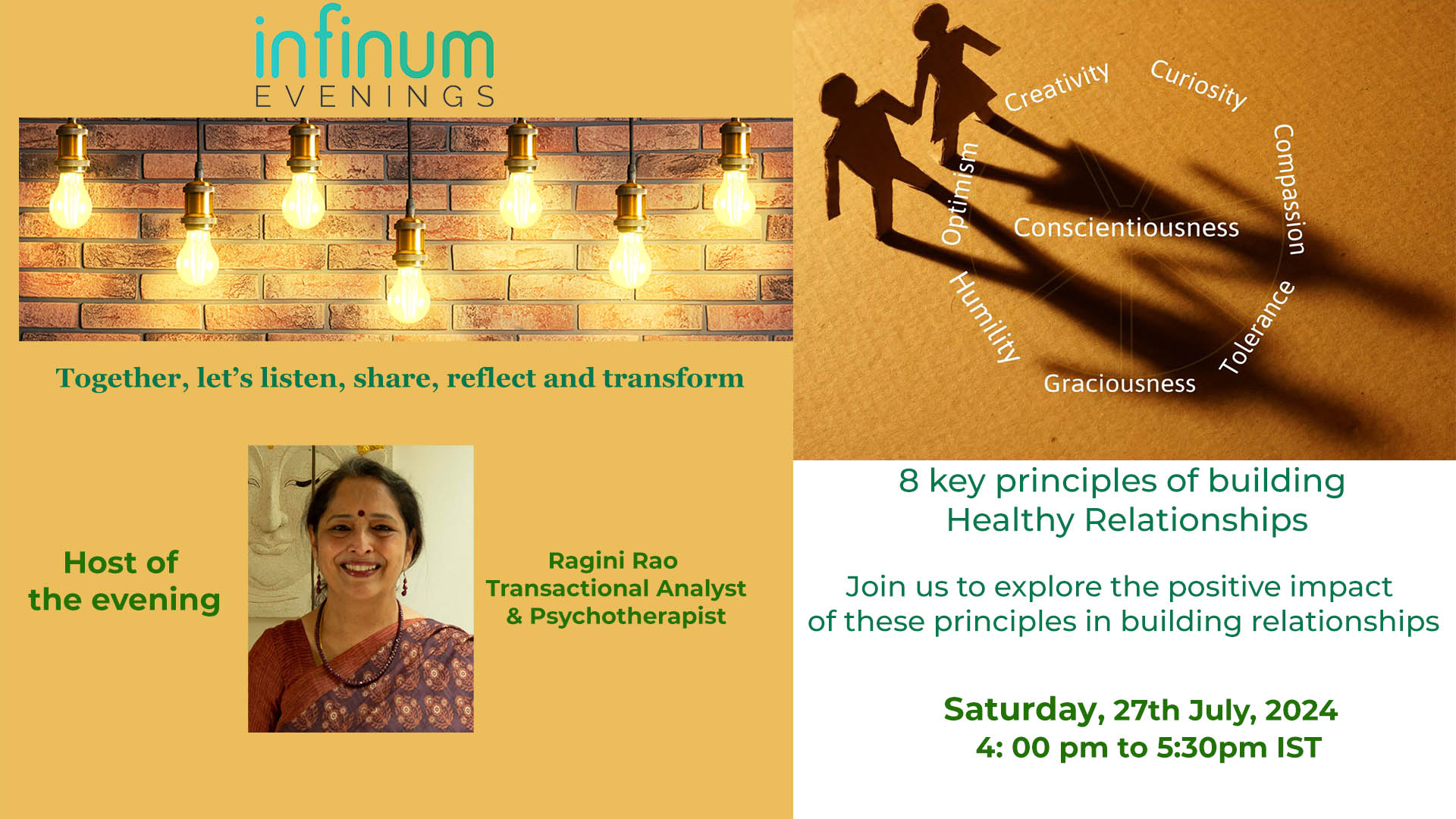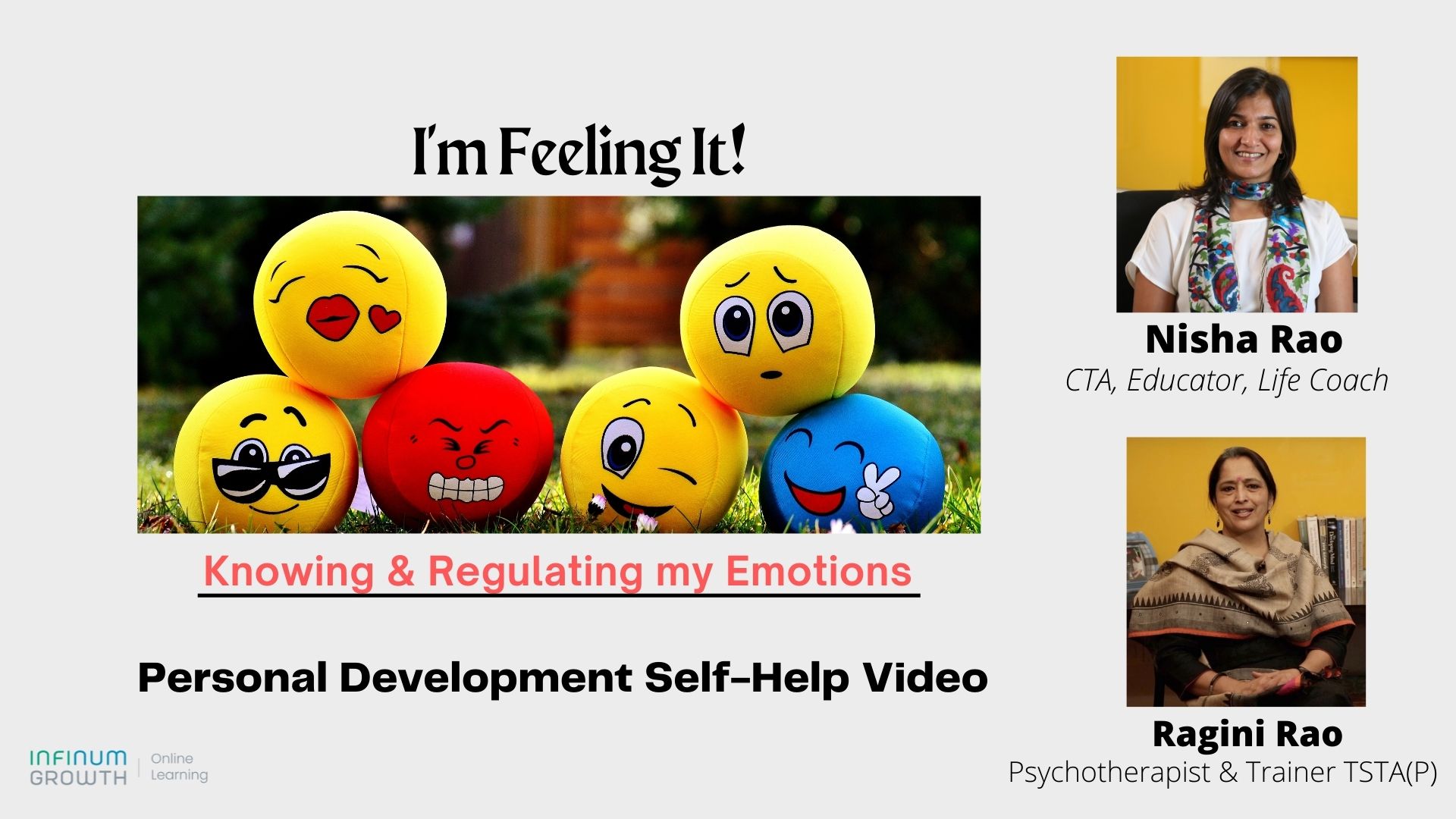In 1990, Elizabeth Newton, a psychology student at Stanford University, conducted an insightful experiment that revealed significant communication barriers. Known as the “Tappers & Listeners” experiment, it illustrated the cognitive bias known as the curse of knowledge.
This study was later popularized by Chip and Dan Heath, bringing its lessons to a broader audience.
The learnings from this study can significantly help in improving our communication styles.
The Setup of the Study
Elizabeth Newton’s experiment involved her fellow students, assigning them roles as either ‘Tappers’ or ‘Listeners’. Here’s how it worked:
• Tappers were given a list of 25 popular tunes, including classics like “Happy Birthday to You” and “Jingle Bells”. Their task was to tap out the rhythm of these tunes on a table.
• Listeners job was to guess the song based solely on the tapping.
The results were startling:
• Predictions: Tappers estimated that listeners would correctly guess the tune 50% of the time.
• Reality: Listeners identified the song correctly only 2.5% of the time, succeeding just 3 times out of 120 attempts.
Understanding the Discrepancy
The significant gap between the tappers’ predictions and the actual success rate is rooted in the curse of knowledge. This bias occurs when someone who knows something cannot imagine not knowing it. Here’s a breakdown of the perspectives:
Tappers’ Perspective:
As the tapper taps the tune, he can hear the song playing in his head His fingers seem to be tapping the tune in perfect sync with what is playing in his head. And he just cannot understand why the listener is not able to pick up such a simple tune.
Listeners’ Perspective:
Well, he doesn’t have the tune playing in his head, without which, he has no idea what’s happening. He tries as hard as can to make sense of the bizarre Morse-code like tapping that he hears. Alas, to no avail.
Implications for Communication Styles
This experiment serves as a powerful metaphor for communication, especially in leadership and instruction:
1. Experts often overestimate how much others understand their instructions or explanations.
2. This leads to miscommunication and frustration when the listener does not grasp the message.
3. What seems obvious to someone with knowledge and context may be confusing or ambiguous to someone without it.
4. Clear, detailed, and explicit communication is essential to bridge this gap.
5. Encouraging questions and feedback can help ensure that the message is understood.
6. Confirming understanding by having listeners paraphrase or summarize what they heard can be very effective.
Lessons for Managers and Communicators
As leaders, we often fall into the tapper’s trap. We give instructions which seem very clear in our heads but our colleagues may have no idea what we want them to do.
Has it happened to you that you called a young trainee to do some work, and when she got back the next day – having slogged all night to finish the task – you were disappointed? She hadn’t quite done what you were looking for. You probably felt a bit frustrated too, that she ‘didn’t quite get it.’
The next time that happens, reflect on your comunication style. Do remember that the problem is with the tapper – not the listener. Because you knew what you wanted to get done, you assumed it was clear to the young trainee too. That is seldom the case.
Reflections and effect on Communication Styles
Going forward, when you’re communicating with a colleague, team member, or anyone else, remember the “Tappers & Listeners” experiment.
• Recognize that what is clear to you may not be clear to others. If someone says they don’t understand, take it as a cue to be more explicit and considerate of their perspective, rather than getting frustrated.
• By bridging the gap between your knowledge and their understanding, you can improve communication, reduce misunderstandings, and foster more effective collaboration.
• This approach not only enhances productivity but also builds a more empathetic and supportive environment, where everyone feels heard and understood.
• This understanding isn’t limited to team management in the workplace—it’s relevant to all communication contexts. Whether it’s interacting with peers, superiors, clients, suppliers; or, in personal relationships with family, friends or strangers, the principles apply.
It’s worthwhile for us to take that pause to reflect on our communication styles in various scenarios and see where all the “Tappers & Listeners” learning could help.
Please do leave your comments at the bottom and do share with others if you like this article.

















test